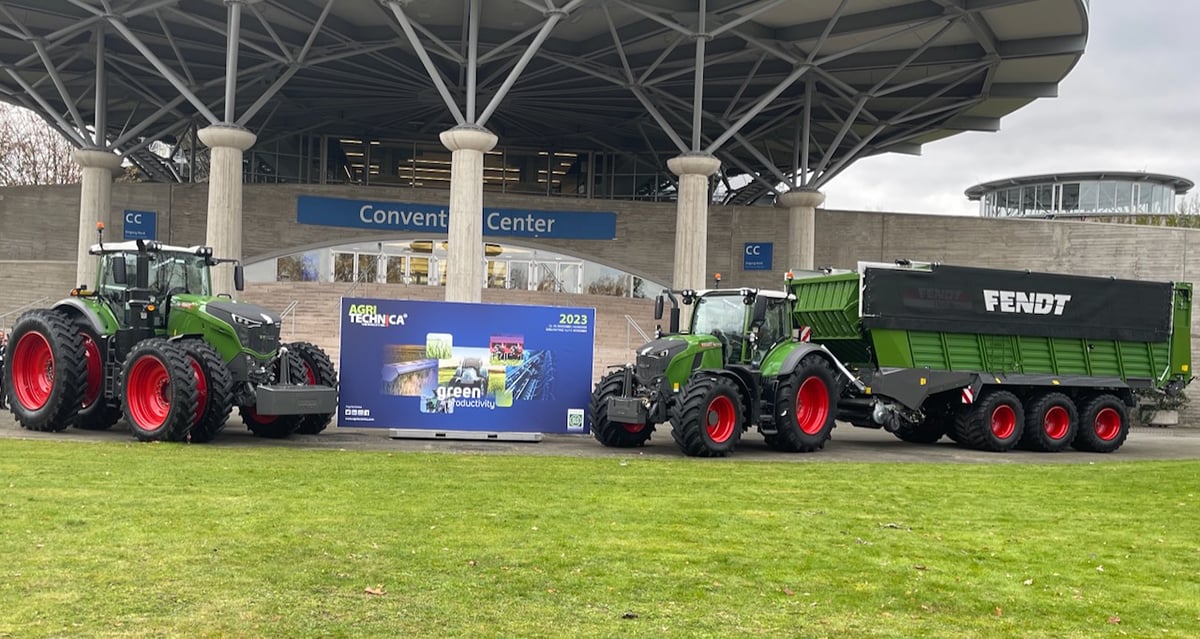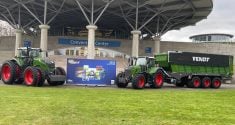DENVER, Colo. – Work is ongoing to streamline the Northwest Cattle Project so more American cattle can cross the Canadian border freely.
The plan to move Montana or Washington feeders into Alberta feedlots started last October and almost immediately problems cropped up on the Canadian side.
“We realized the protocol was too onerous,” said Carl Block, chair of the Canadian Cattlemen’s Association committee on the health of animals.
The deal allows feeder cattle to cross the border without costly health tests for diseases like brucellosis and tuberculosis.
Read Also

Canada to have increased presence at Agritechnica 2025
Interest in diversifying trade markets is taking more Canadian manufacturers to Agritechnica 2025, the world’s largest machinery show.
“We haven’t got the movement on what we consider the main stumbling blocks,” Block told the animal health committee at the National Cattlemen’s Beef Association convention in Denver.
“There was a lot of interest in it,” he said, but the timing wasn’t right since many feedlots had already bought their cattle for the season. Also, a Canadian dollar skidding to record-low value made it is too expensive to buy American cattle.
In addition, there were different interpretations of the rules on all sides, he said.
Mary Burke, of the Washington Cattlemen’s Association, presented a resolution asking for plain language to clarify the agreement so everyone understands it.
Less than 800 cattle moved into Alberta when the program started.
Hit auction system
One of the rules states the cattle can’t leave the feedlot until they go to slaughter, but three did get into the auction market system and would have been sold if the brand inspector hadn’t caught the USDA ear tag, said Block.
When a lot is certified in the program, the agreement states all the cattle, including domestic animals, must remain there until slaughter. For many lots this is not feasible. They would prefer to amend the rules so a portion of a lot may be designated for these imported animals rather than closing the entire lot.
“We have to build the model and show we can do this,” said Block in an interview. “The audit system will account for those cattle and not pose risks of them escaping into the national herd.”















